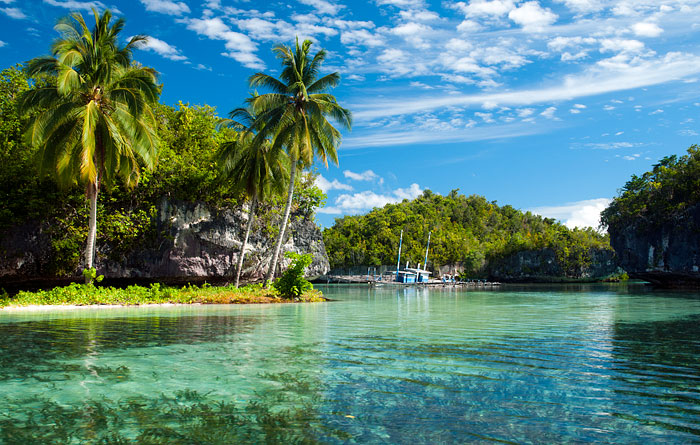Want to contribute to the preservation of the incredible riches of Raja Ampat’s Bird’s Head Seascape?
The best way to do that is to support community based eco-tourism ventures.
The success of community based tourism in Raja Ampat is the only way that local people will be able to avoid the destructive impacts of mass tourism.
Support community based tourism
The people of Raja Ampat are acutely aware of the value of their environment and the need to preserve it to support their way of life. Villages in the islands have always had a traditional system of resource preservation in place, but destructive practices like blast and cyanide fishing, shark finning and targeted hunting of endangered species can wreak havoc despite the restrictions of the sasi provisions of customary law. (For more about sasi, see this description of sasi in Maluku. It’s virtually identical to that of Raja Ampat)
Local communities have embraced the “no take” zones developed in conjunction with the declaration of the Raja Ampat Marine Park and are keen to secure an economic future based on eco-tourism rather than the unsustainable exploitation of their environment.
Staying in Papuan owned accommodation and employing local village guides and transport services will ensure the continued commitment of local communities to these ideals. Yes, Raja Ampat is expensive by Indonesian standards, but it’s a small price to pay to be a part of securing the preservation of one of the world’s most important wild places.
Setting a good example by minimising your own impact will help enormously too. Saying no to plastic packaging (including bottled water), refusing any suggestion to dispose of rubbish (including cigarette butts) over the side of your boat and taking your non-biodegradable waste home with you is a great start: See this article about the growing trash problem and lack of waste management infrastructure in the islands.
Other ways to help include:
- Never touching or walking on coral.
- Refusing to pay to see captive wildlife, buy wildlife products or disturb marine or terrestrial creatures.
- Using only fully biodegradable bathroom products.
- Sticking to the “take only photographs, leave only footprints” adage.
- Expressing your disapproval of any non-environmentally friendly actions you witness.
